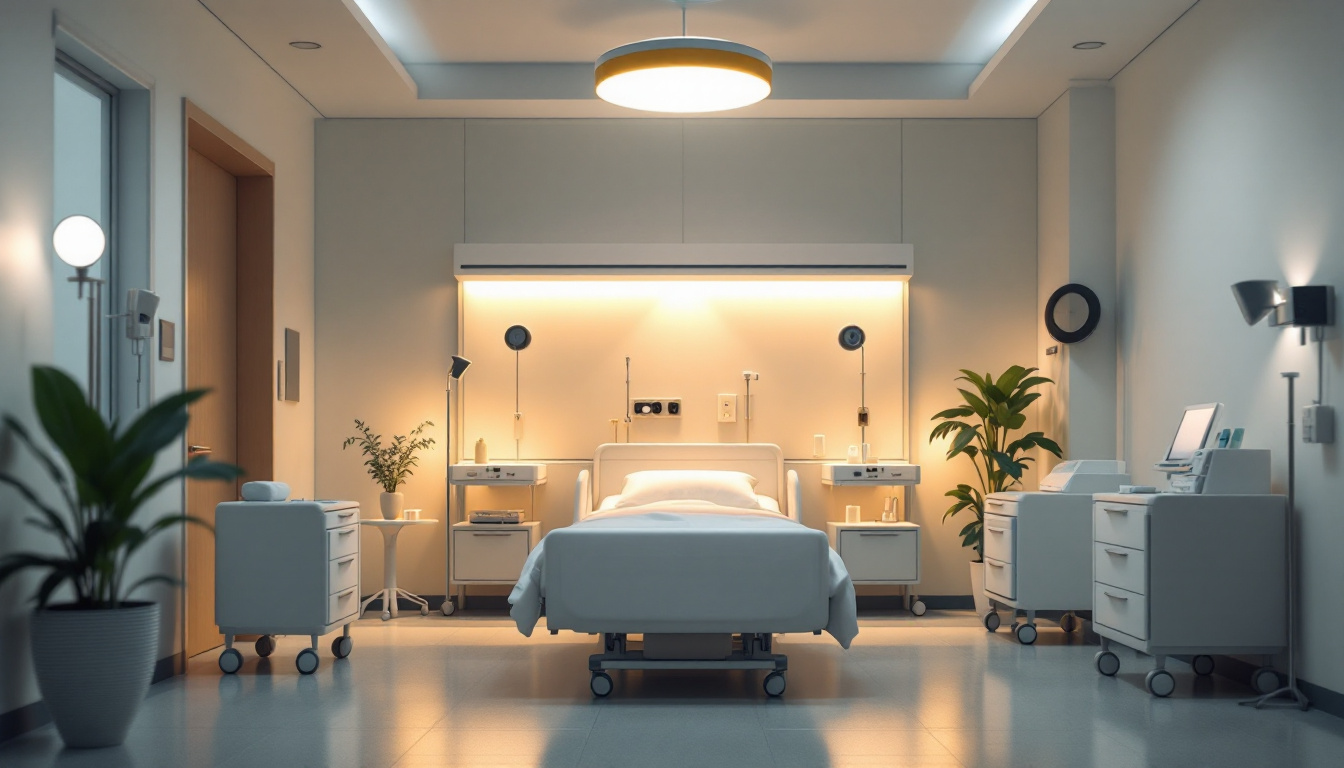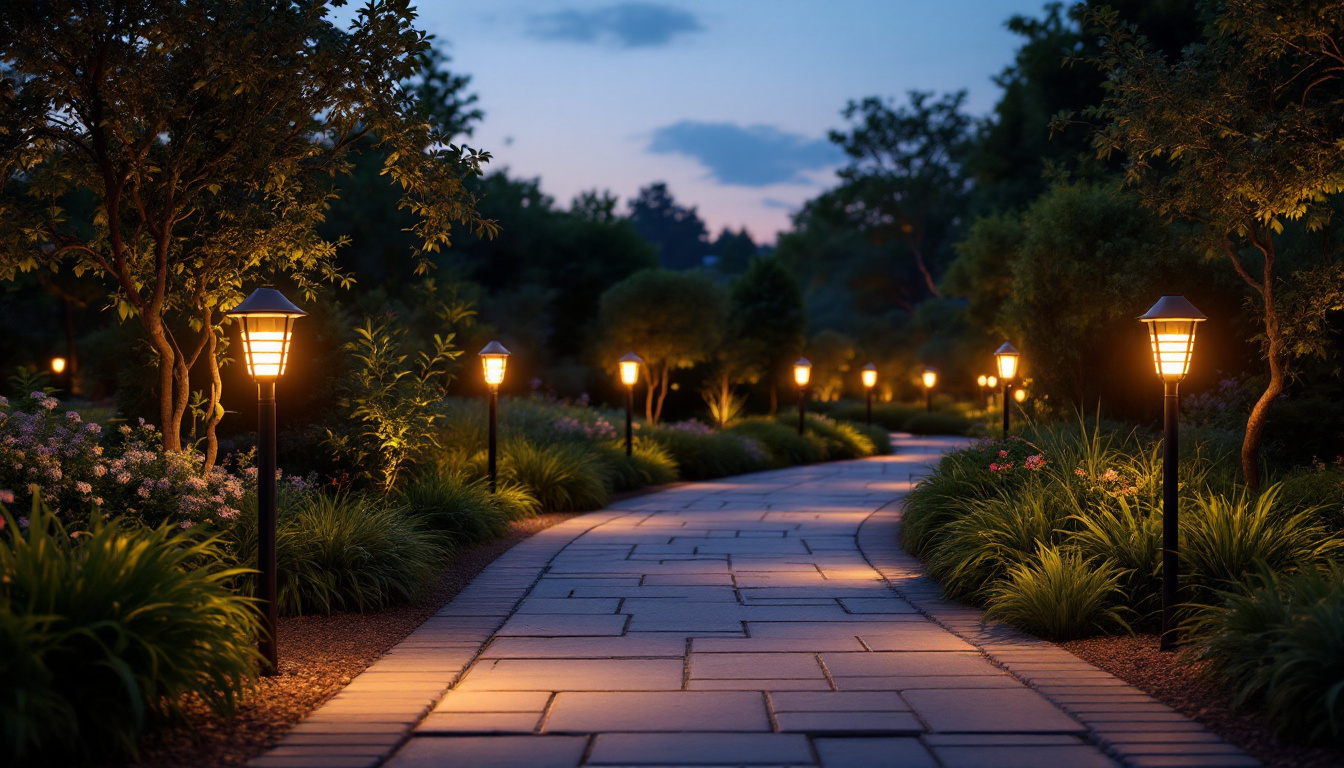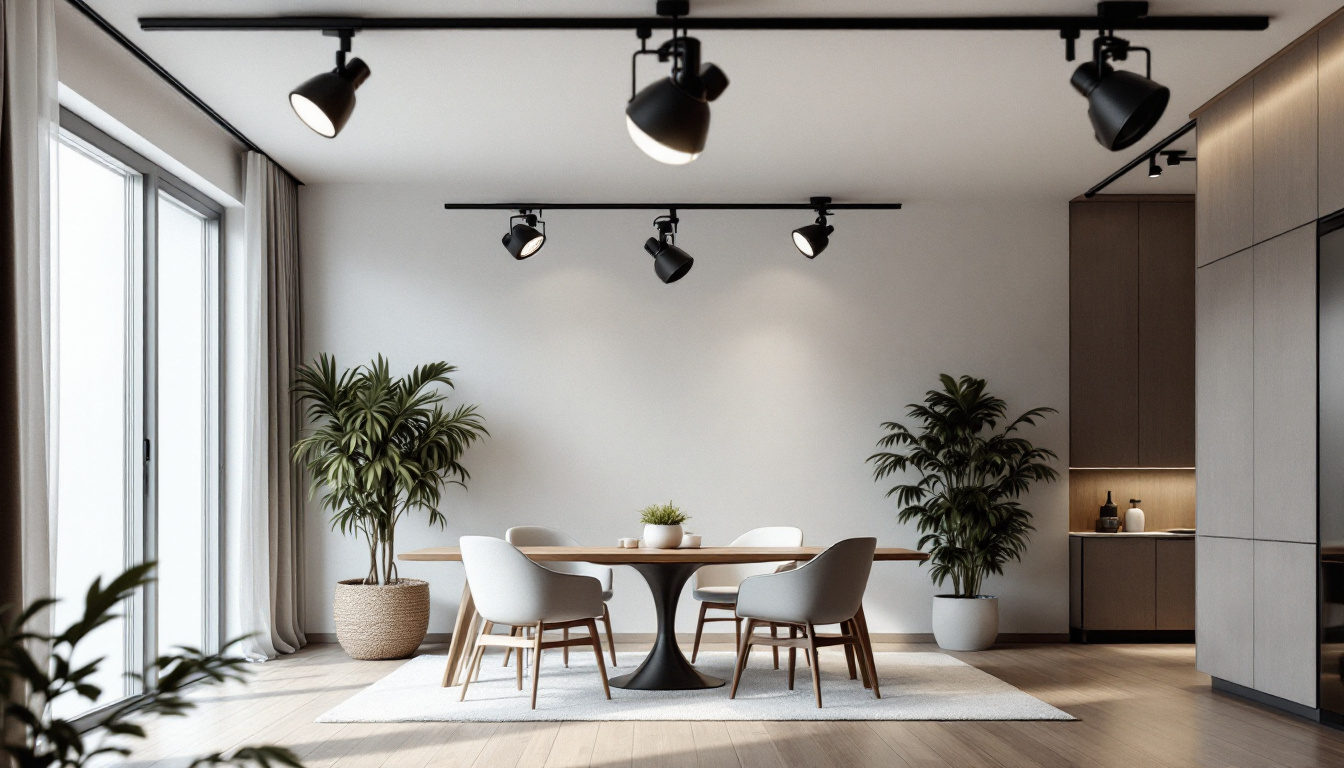
In the realm of healthcare, lighting plays a crucial role in both functionality and ambiance. While bright, sterile environments have long been the norm in hospitals, recent studies and trends indicate a shift towards low light settings. This evolution in lighting design not only enhances patient comfort but also presents unique opportunities for lighting contractors to improve installation projects. Understanding the implications of low light in hospital settings is essential for contractors looking to stay ahead in the industry.
Lighting in healthcare facilities is more than just a practical necessity; it significantly impacts the well-being of patients and the efficiency of medical staff. The right lighting can facilitate healing, reduce stress, and improve overall patient experience. Conversely, poor lighting can lead to increased anxiety, hinder recovery, and even result in medical errors.
Research has shown that low light conditions can promote relaxation and reduce stress levels among patients. In environments where anxiety is prevalent, such as hospitals, creating a calming atmosphere is vital. Soft, warm lighting can mimic natural light, helping to regulate circadian rhythms and improve sleep quality, which is essential for recovery.
Moreover, low light can help to create a more homely environment. Patients often feel vulnerable in hospital settings, and the harsh glare of bright lights can exacerbate feelings of discomfort. By integrating low light solutions, hospitals can foster a sense of safety and comfort, which is critical for patient satisfaction. Additionally, the incorporation of dynamic lighting systems that adjust throughout the day can further enhance this effect. For instance, brighter lighting during the day can stimulate alertness and activity, while dimmer, warmer tones in the evening can signal to the body that it is time to wind down, promoting better sleep patterns for patients.
Healthcare professionals also benefit from well-considered lighting design. Low light settings can reduce glare and eye strain, allowing staff to focus better on their tasks. When medical staff are comfortable and less fatigued, they are more likely to perform at their best, ultimately leading to improved patient care.
Furthermore, a well-lit environment can enhance communication among team members. In spaces where collaboration is key, the right lighting can facilitate discussions and decision-making processes, contributing to more efficient workflows. For example, strategically placed task lighting can illuminate workstations without overwhelming the entire space, allowing staff to concentrate on critical details without distraction. Moreover, the use of color temperature can also play a role in maintaining alertness; cooler, bluish light can be particularly effective in high-energy areas like nursing stations or surgical suites, where focus and precision are paramount.
When planning lighting installations in hospital settings, several design considerations must be taken into account. Achieving the right balance between low light and functionality is crucial for both patient care and staff efficiency.
A layered lighting approach is essential in creating a versatile environment. This involves combining ambient, task, and accent lighting to ensure that different areas of the hospital meet specific needs. Ambient lighting provides general illumination, while task lighting focuses on areas where detailed work is performed, such as examination rooms.
Incorporating dimmable fixtures can also enhance flexibility. This allows staff to adjust lighting levels based on the time of day or specific tasks, ensuring that both patients and staff have the appropriate lighting for their needs. Moreover, the use of smart lighting systems can automate these adjustments, responding to occupancy and natural light levels, which not only conserves energy but also enhances the comfort of the space.
Integrating natural light into hospital design can significantly enhance the overall atmosphere. Large windows, skylights, and light wells can bring in daylight, which is not only energizing but also helps to regulate the body’s internal clock. However, it is essential to consider the potential for glare and heat gain, which can be mitigated through the use of appropriate shading devices.
Natural light can also be complemented by low artificial lighting during the evening hours, creating a seamless transition that supports the circadian rhythms of both patients and staff. Additionally, studies have shown that exposure to natural light can improve patient recovery times and reduce the need for pain medication, making it a vital consideration in hospital design. Creating spaces that allow for views of nature can further enhance this effect, as biophilic design principles suggest that connections to the natural environment can promote healing and well-being.
The advancement of lighting technology has opened up new possibilities for low light installations in hospitals. Innovative solutions can enhance both the aesthetic appeal and functionality of healthcare environments.
Smart lighting systems allow for precise control over lighting conditions. These systems can be programmed to adjust automatically based on occupancy, time of day, or specific patient needs. For instance, in patient rooms, lights can dim during nighttime hours to promote sleep while providing adequate illumination during the day for activities.
Additionally, smart lighting can be integrated with other building management systems, allowing for comprehensive control over energy consumption and ensuring that the hospital operates efficiently. This not only reduces operational costs but also contributes to sustainability efforts. Moreover, the ability to customize lighting settings can significantly enhance the patient experience. For example, patients undergoing procedures may benefit from specific light settings that reduce anxiety, while family members waiting in designated areas can enjoy a more comforting atmosphere.
LED lighting has revolutionized the way hospitals approach lighting design. With their energy efficiency, longevity, and versatility, LEDs are an ideal choice for low light settings. They can be designed to emit a warm light that is soothing for patients while also being bright enough for staff to perform their duties effectively.
Furthermore, LEDs can be easily integrated into various fixtures and designs, allowing for creative and aesthetically pleasing installations. This adaptability is particularly beneficial in hospitals, where different areas may require unique lighting solutions. For instance, surgical suites can utilize specialized LED lights that provide high-intensity illumination without generating excessive heat, thus ensuring optimal visibility for medical staff while maintaining a safe environment. Additionally, the use of tunable white LEDs can mimic natural daylight, which is essential for maintaining circadian rhythms in patients, ultimately aiding in their recovery process.
While the benefits of low light settings in hospitals are clear, there are also challenges that lighting contractors must navigate. Understanding these challenges can help contractors develop effective strategies for successful installations.
One of the primary challenges in creating low light environments is achieving the right balance. Areas such as operating rooms and emergency departments require bright, focused lighting to ensure safety and precision. Striking a balance between low light for comfort and adequate lighting for functionality can be complex.
Contractors must work closely with healthcare professionals to understand the specific lighting needs of each area. Conducting thorough assessments and utilizing lighting simulations can aid in finding the optimal solutions.
Healthcare facilities are subject to strict regulations and standards regarding lighting. Contractors must be well-versed in these requirements to ensure compliance during installation projects. This includes understanding guidelines set by organizations such as the Illuminating Engineering Society (IES) and the American National Standards Institute (ANSI).
Failure to adhere to these regulations can result in costly delays and potential safety hazards. Therefore, staying informed about the latest standards is essential for lighting contractors working in hospital settings.
Examining successful case studies can provide valuable insights into the implementation of low light settings in hospitals. These examples highlight the positive impact of thoughtful lighting design on patient experience and staff performance.
A prominent hospital in the region recently underwent a renovation that focused on patient-centered design. By incorporating low light solutions in patient rooms and common areas, the hospital aimed to create a more welcoming environment. The use of adjustable LED fixtures allowed for personalized lighting preferences, catering to the individual needs of patients.
Feedback from patients indicated a significant improvement in comfort levels, with many reporting better sleep quality and reduced anxiety. Staff members also noted increased efficiency during nighttime hours, as the dimmable lighting allowed for adequate visibility without being overwhelming.
Another hospital successfully revamped its emergency department lighting by integrating low light solutions. The goal was to create a less intimidating atmosphere for patients while ensuring that medical staff had sufficient illumination for critical tasks.
Through the use of smart lighting systems, the department was able to adjust lighting levels based on occupancy and time of day. This flexibility not only improved patient comfort but also enhanced staff performance, leading to quicker response times and better overall care.
The shift towards low light settings in hospitals represents a significant evolution in healthcare design. As the understanding of the impact of lighting on patient care and staff efficiency continues to grow, lighting contractors have a unique opportunity to lead the way in implementing innovative solutions.
By embracing the principles of low light design, contractors can enhance the overall hospital experience, contributing to improved patient outcomes and staff satisfaction. As technology advances and design philosophies evolve, the future of hospital lighting looks promising, with endless possibilities for creating healing environments.
In conclusion, understanding the nuances of low light in hospital settings is essential for lighting contractors aiming to excel in their projects. By prioritizing patient comfort, staff efficiency, and compliance with regulations, contractors can play a pivotal role in shaping the future of healthcare environments.
Ready to transform hospital environments with innovative low light solutions? At LumenWholesale, we provide lighting contractors with the highest quality, spec-grade lighting products at unbeatable wholesale prices. Our extensive selection is designed to meet the most rigorous industry standards, ensuring your projects shine with reliability and high performance. Plus, with free shipping on bulk orders, you can trust that you’re getting premium lighting at the best value — without any hidden fees or compromises. Elevate your lighting installation projects and enhance patient care with the perfect blend of quality, affordability, and convenience. Discover the difference at LumenWholesale — your partner in exceptional lighting solutions.

Discover the expert tips and secrets from lighting contractors on mastering solar porch lights for outdoor spaces.

Explore the ultimate showdown between fluorescent, LED, and incandescent lighting in this comprehensive guide for contractors.

Discover essential insights into solar bulbs for garden lighting, tailored for lighting contractors.

Discover the essential guide to track lighting track types and their significance for lighting contractors.